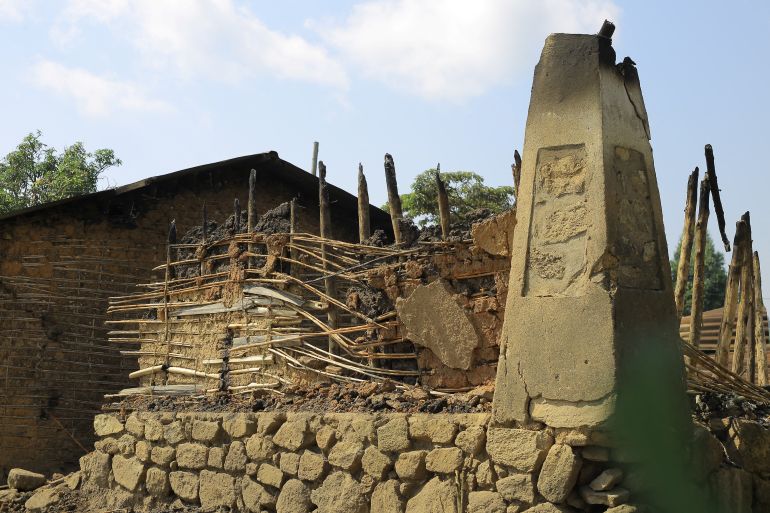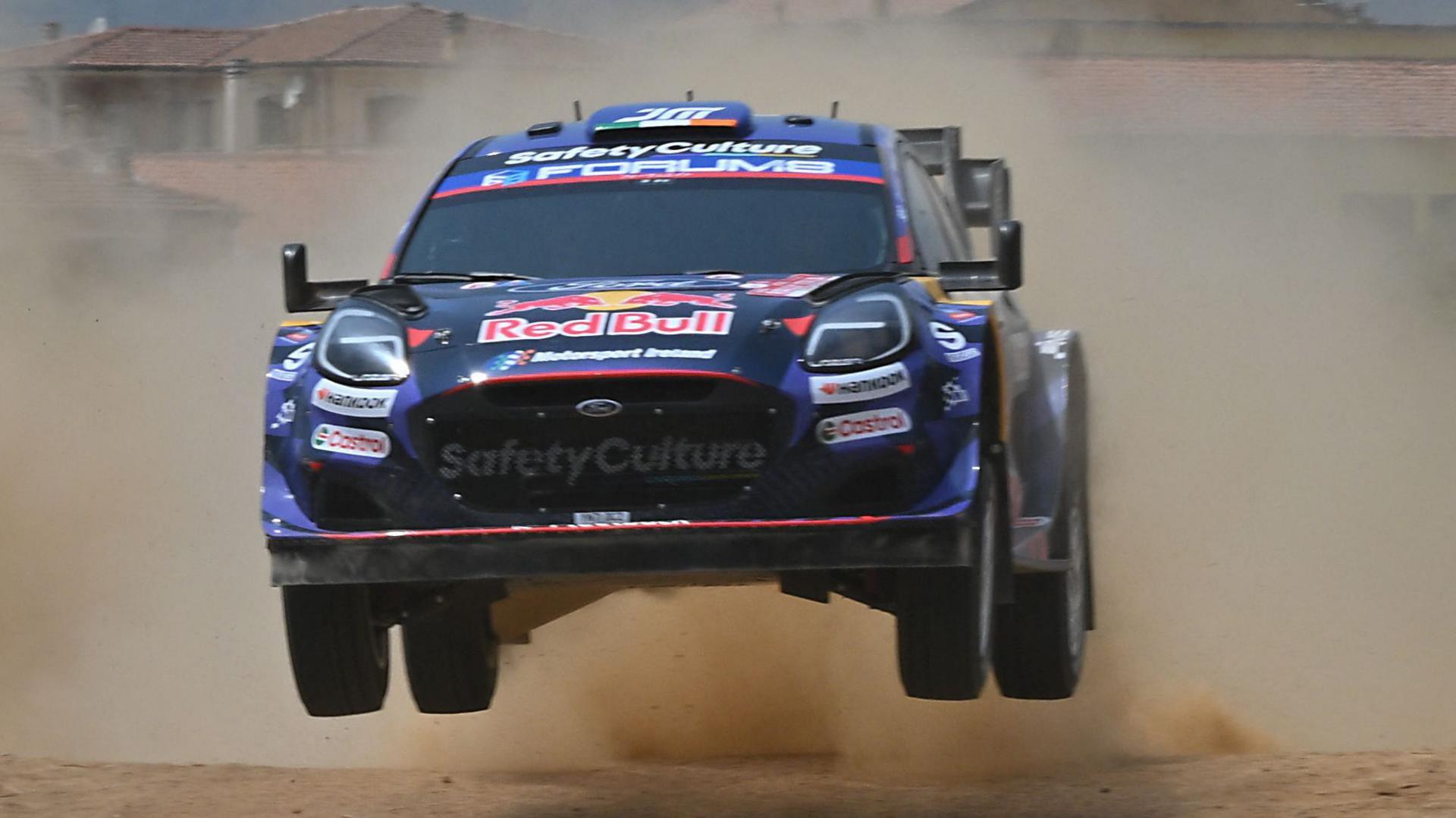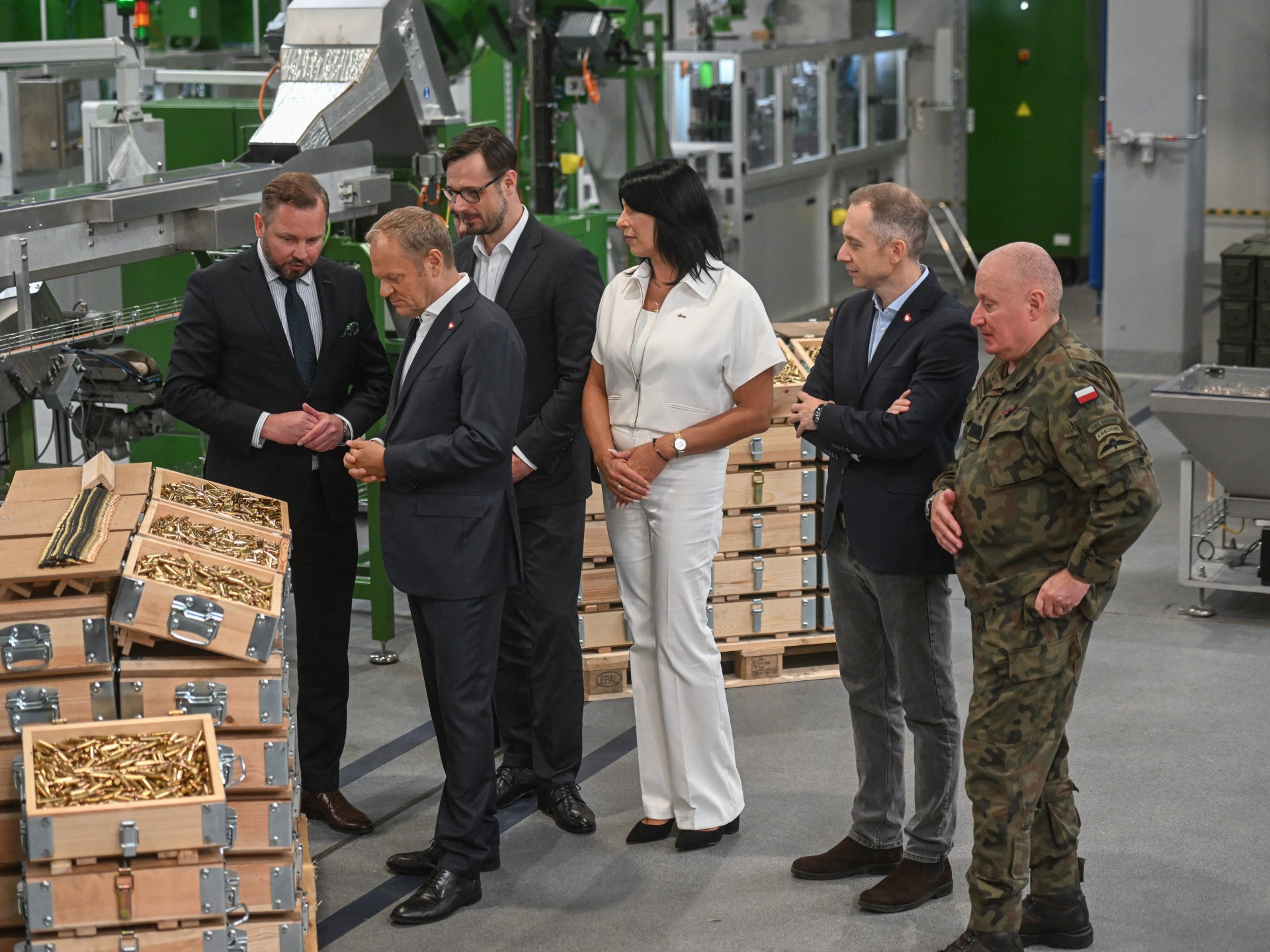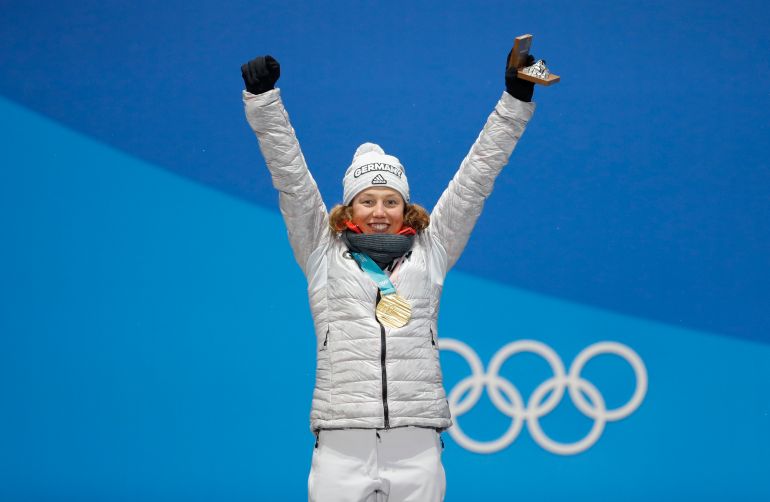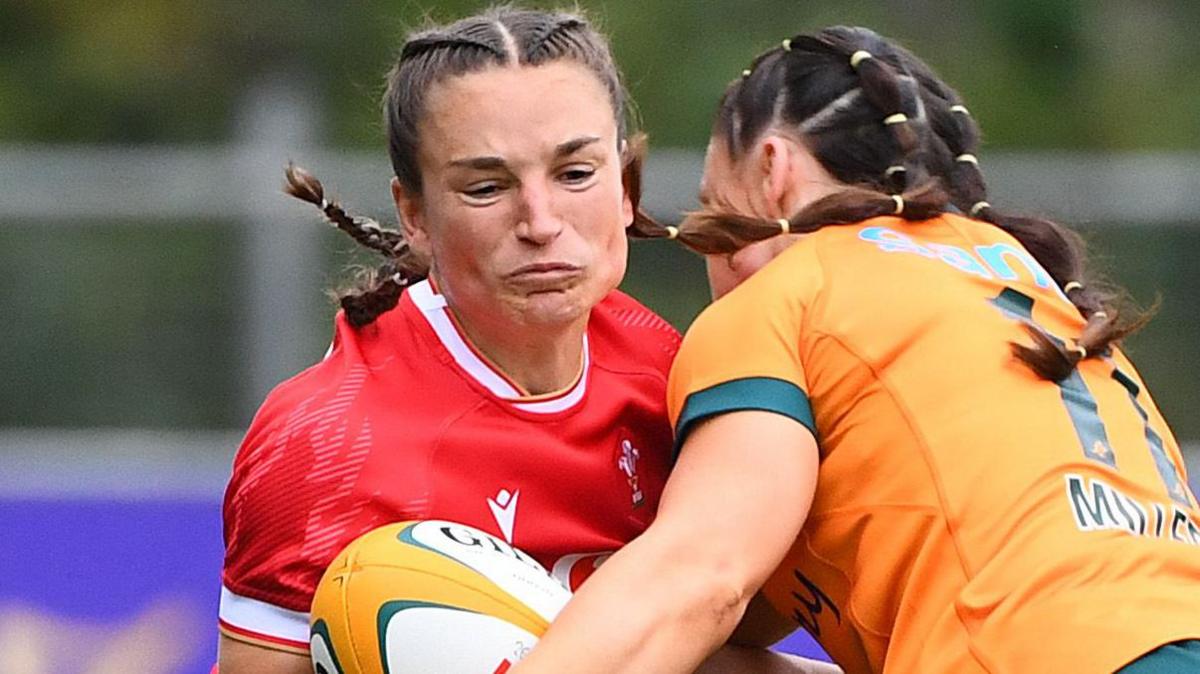Around 100 people had gathered for a night vigil at a Catholic church in the Komanda region of the Democratic Republic of the Congo (DRC) on Sunday, July 27, when armed fighters launched an assault on the building. The assault, which attracted the UN and the Vatican’s outcry, resulted in the deaths of scores of people and the capture of some others.
According to Congolese officials, at least nine children and women were reportedly victims of the Saint Anuarite church attack, and several children between the ages of 12 and 14 were also reported missing. Authorities discovered more bodies in the church’s homes and stores after they were attacked and burned nearby. Overall, there were at least 43 fatalities.
The Allied Democratic Forces (ADF), an armed organization that has a pledge of allegiance to ISIL (ISIS), has since claimed the attack in a Telegram post.
A group that is reportedly staging a major resurgence in a nation that is already weakened by armed fighting has recently carried out one of its own attacks.
It also comes shortly after the DRC government signed important peace-related agreements with Rwanda and the M23 rebel group, which has been advanceing in the east of the nation, posing questions about the motivation and timing of the conflict.
Following Sunday’s assault, UN peacekeeping mission in the DRC, Vivian van de Perre, acting head of MONUSCO, said in a statement that “these targeted attacks against defenceless civilians, especially in places of worship, are appalling and in violation of all human rights standards and international humanitarian law.”
A day after the attack on the parish, which was celebrating its 25th anniversary, Pope Leo also expressed regret. In a telegram sent to DRC Archbishop Fulgence Muteba Mugalu, Cardinal Pietro Parolin, secretary of state of the Holy See, expresses his gratitude to God that the blood of these martyrs may bring peace, reconciliation, brotherhood, and love for all the Congolese people.
The ADF’s creation
One more deadly ADF assault in the east of the DRC in recent months is the Sunday attack.
The ADF, which some experts and organizations refer to as ISIS-Central Africa (IS-CA), first emerged as a rebel group in Uganda in 1994 when it accused Kampala of persecuting Muslims.
After offensives by the Ugandan army caused the ADF to lose its footing, it crossed the border into eastern DRC in 2002. Researchers noted that the group’s tactics became more violent over the years as it launched attacks on civilians in both countries from its base in the North Kivu and Ituri provinces.
The organization’s founder, Jamil Mukulu, was detained in Tanzania in 2015, which caused internal conflict. The ADF pledged allegiance to the world’s armed network, ISIL, in 2019 under the leadership of 48-year-old Musa Seka Baluku.
Experts claim that ISIL has changed its organization, focusing on regional affiliates, particularly in parts of Africa, despite no longer having the ability to hold the ground or maintain a caliphate in the Middle East. According to a report from the UN Experts Group, ISIL central financially supports the ADF, whose roughly 1, 000 to 1, 500 members typically have small arms, mortars, improvised explosive devices (IEDs), and rocket-propelled grenades (RPGs). According to reports, the ADF maintains custody of camps with children’s schools, clinics, prisons, and internal security services.
The Institute for Security Studies’ Nico Minde, an analyst, told Al Jazeera, “The group intends to advance extreme Islamic ideology.” He added that it is also believed that it is attempting to retaliate for the Congolese army’s, Ugandan forces’, and MONUSCO peacekeepers’ military operations.
Although it’s not known how many civilians have died in ADF attacks, experts predict it will be in the hundreds, if not thousands, in its nearly 30 years of existence. According to the number of civilian fatalities linked to its members, the United States labeled ADF/IS-CA a “terror” organization in 2021.
41 civilians were killed in Irumu, Ituri, during an earlier ADF reprisal assault on July 8 and 9, according to MONUSCO. 18 civilians were killed in the May attack in the Babili sector of North Kivu. Additionally, the group claimed that 41 people had been killed and 11 had been kidnapped in Lubero, North Kivu, in a separate attack in January.
Eastern DRC has a number of armed groups.
The ADF is one of the many armed organizations that are active in the mineral-rich but underdeveloped eastern DRC, according to some experts. One of the world’s most complicated conflict regions is present in the area.
The DRC was gaining some respite from the M23 rebels, who are arguably the most powerful of all the armed groups, when ADF’s attacks in July came about. According to the UN, Rwanda supports M23. In January, it launched lightning offensives in Kinshasa and seized significant areas of land in North and South Kivu, two eastern provinces. In the six-month war, hundreds of thousands of people lost their lives and fled. A ceasefire was achieved in the DRC as a result of US and Qatar’s mediation of peace talks with Rwanda and M23, respectively.
Since January, there have been more attacks by the ADF due to the military resources diverted from M23, according to Minde of the ISS.
He said, “Strategically, this allows them to freely move in Ituri and North Kivu while attention is still focused on the M23 conflict.” Minde added that the group’s goal was to increase recruitment, ease land and illicit resources, and promote fear and dependence.
Eastern DRC has been ravaged by M23 and the ADF in general, with some research suggesting there might have been an anti-aggression pact between the two at some point. In a report released in June, the Armed Conflict and Location Event Data Project (ACLED) reported that 1,600 people died as a result of M23 and ADF/IS-CA action between January and March 2025, which is the highest death toll since 2002, when the DRC was at the height of civil unrest.

Uganda’s participation in the ADF conflict
The ADF faces the most pressing issue in Uganda. Since November 2021, Ugandan soldiers have been leading Operation Shujaa, which also includes the Congolese army and MONUSCO forces, in the DRC. Following a number of bombing attacks in Uganda in the same year, Kampala made the decision to deploy. Two ADF faction leaders, Salim Mohammed and Benjamin Kisokeranio, have been taken prisoner since 2021.
However, there are concerns that ADF attacks are not a factor in Uganda’s expansion. Foreign armies on DRC soil continue to be a difficult subject in Kinshasa as a result of the country’s civil war history, which saw neighboring Rwanda and Uganda allegedly steal minerals and retake control of Congolese territory.
Felix Kulayigye, the spokesperson for the Ugandan army, acknowledged in an interview with Al Jazeera that the nation needed to protect DRC commercial interests in June. The DRC is home to Uganda, which is its biggest trading partner in the sub-region. It exports products like palm oil, cement, and refined petroleum to Uganda.
Who consumes products from Uganda? At the time, Khaliligye requested Al Jazeera. Where there is instability, can commerce occur? Are our commercial interests in the eastern DRC protected or unprotected?
In the DRC, Uganda has already a negative reputation. According to a report from a UN expert group, Kampala allegedly supported the M23 armed group by allowing it to enter Congolese territory. Paul Kagame and Yoweri Museveni, both of whom have been close friends for many years, are now. General Muhoozi Kainerugaba, the head of the Ugandan army and President Museveni’s son, publicly backed M23 on the social media platform X in 2022.
According to Minde of ISS, the ADF’s more frequent attacks could cause more insecurity in the fragile DRC and throughout the region.
